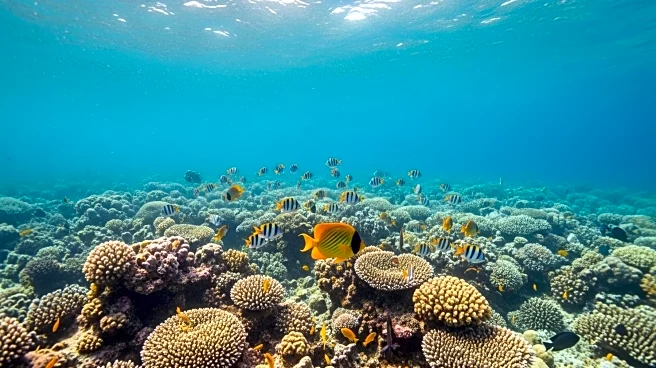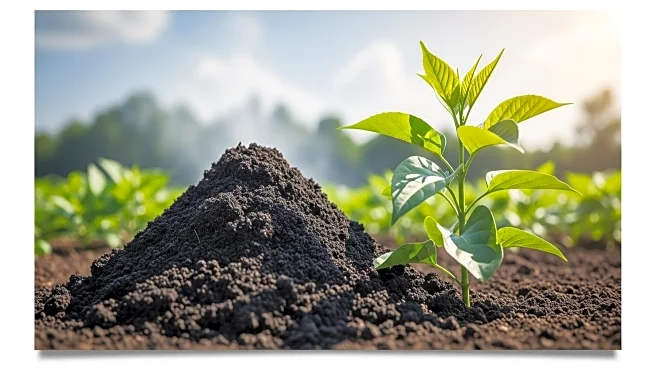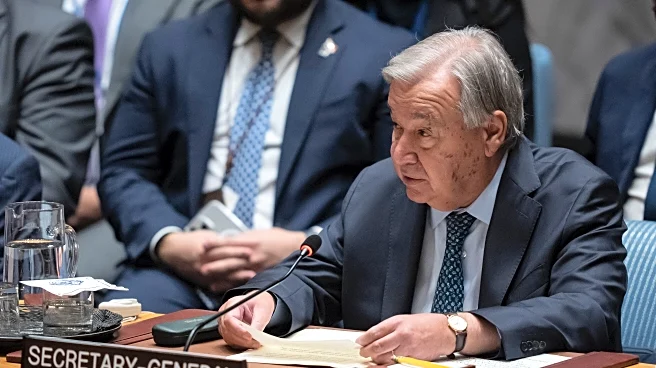What's Happening?
A recent study has revealed the existence of 'electron highways' beneath the Earth's surface, which could revolutionize pollution cleanup efforts. Conducted by researchers from the China University of Geosciences, the study highlights how electrons travel through soils and sediments over surprisingly long distances, reshaping the understanding of underground environments. These electron transfer (ET) processes, traditionally thought to be confined to microscopic hotspots, are now understood to link distant chemical zones into vast networks. This discovery has significant implications for environmental remediation, as it suggests that contaminants can be degraded in hard-to-reach zones without direct chemical injection, using conductive minerals and biochar to expand microbial activity.
Why It's Important?
The findings from this study could have profound implications for environmental sustainability and pollution management. By understanding how electrons move underground, scientists can better predict the fate of nutrients and pollutants, potentially leading to more effective strategies for protecting groundwater and ecosystems. This research bridges fundamental science with practical applications, offering hope that environmental engineers may one day utilize Earth's natural electron pathways to restore contaminated soils and aquifers. The ability to conduct remote remediation could significantly reduce harmful emissions and improve water quality, benefiting both natural ecosystems and human health.
What's Next?
The study outlines several next steps in electron transfer research, including developing better tools to measure electron flows across scales and creating models that integrate nanoscale reactions with field-scale processes. Researchers aim to design remediation technologies that harness these natural electron pathways, potentially leading to innovative solutions for pollution cleanup. As the scientific community continues to explore these electron highways, there may be increased collaboration between environmental scientists and engineers to develop practical applications for these findings.
Beyond the Headlines
This research challenges traditional views of electron transfer as strictly local, suggesting a more interconnected subsurface redox system. Understanding these processes could lead to long-term shifts in how environmental remediation is approached, emphasizing the importance of integrating natural electron pathways into pollution management strategies. The ethical and cultural dimensions of this research may also be explored, as it highlights the need for sustainable practices in environmental engineering.











